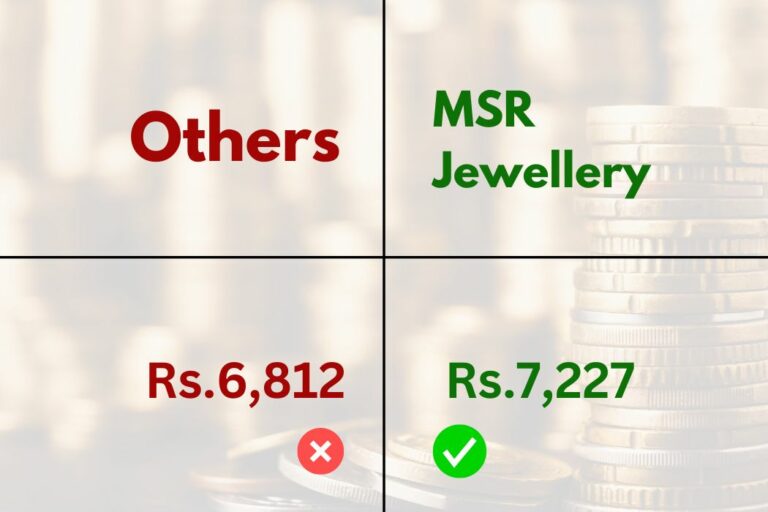Yes, the weight of gold decreases when it is melted. This is because some of the impurities and alloys mixed in with the gold are burned off during the melting process.
The burning off of these impurities and alloys causes a decrease in both the volume and weight of the gold.
Additionally, when molten gold cools and solidifies, some of the gold is lost in the form of evaporation.
This further contributes to a decrease in weight. As such, it is important to account for this difference when melting or working with gold.
Knowing the exact amount of gold that was present before and after melting can help ensure that you are not left with too much or too little gold in the end.
It is also important to remember that some of the gold will be lost during the melting process, so it is important to start with a slightly larger amount than you need in order to account for this loss.
Overall, it is normal for gold weight to decrease when melting as impurities and alloys are burned off, and some gold is lost in the form of evaporation. Knowing this ahead of time can help you better manage your gold melting process to ensure that you have just the right amount of gold at the end.
And lastly, it is important to use a high-quality crucible when melting gold as low-grade crucibles may absorb some of the gold during the melting process. This will result in a further decrease in weight, and can potentially lead to mistakes or discrepancies if not taken into account.
Using a high-quality crucible, accounting for evaporation loss, and keeping a record of your starting weight can help ensure that you don’t end up with too much or too little gold after melting.
With the right tools and knowledge, you can successfully melt your gold without any major weight discrepancies.



